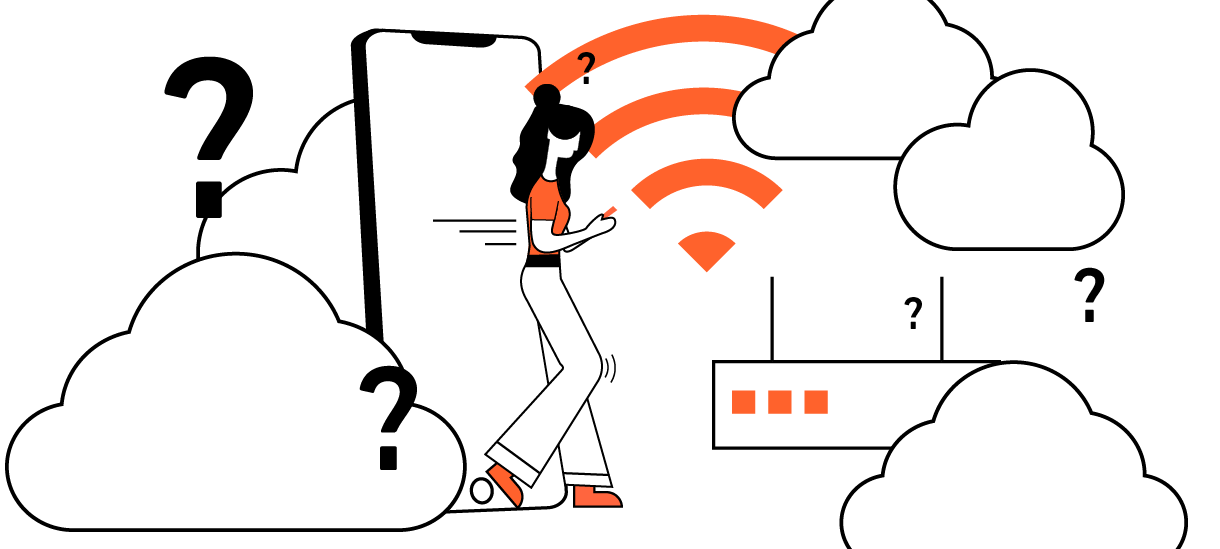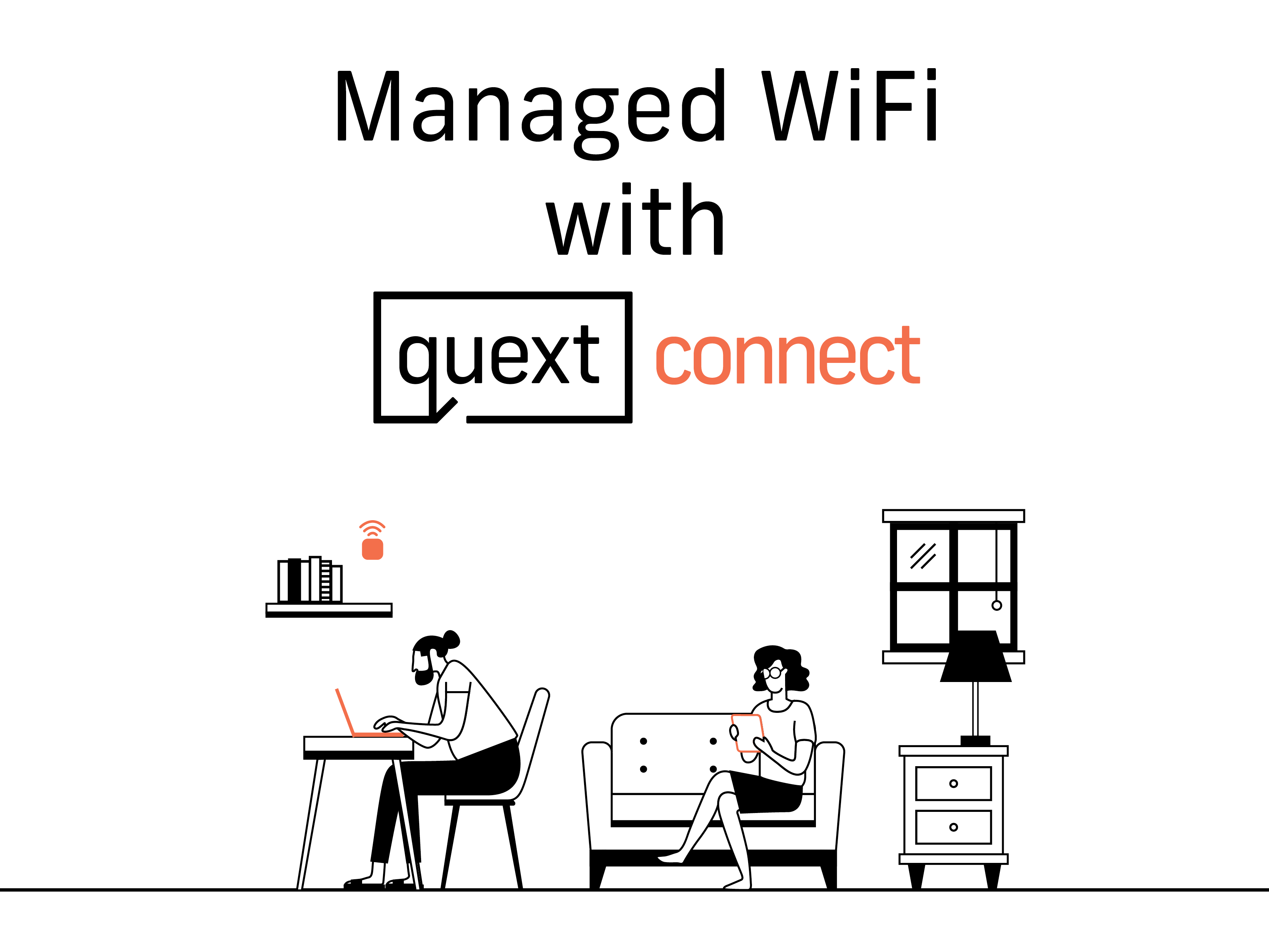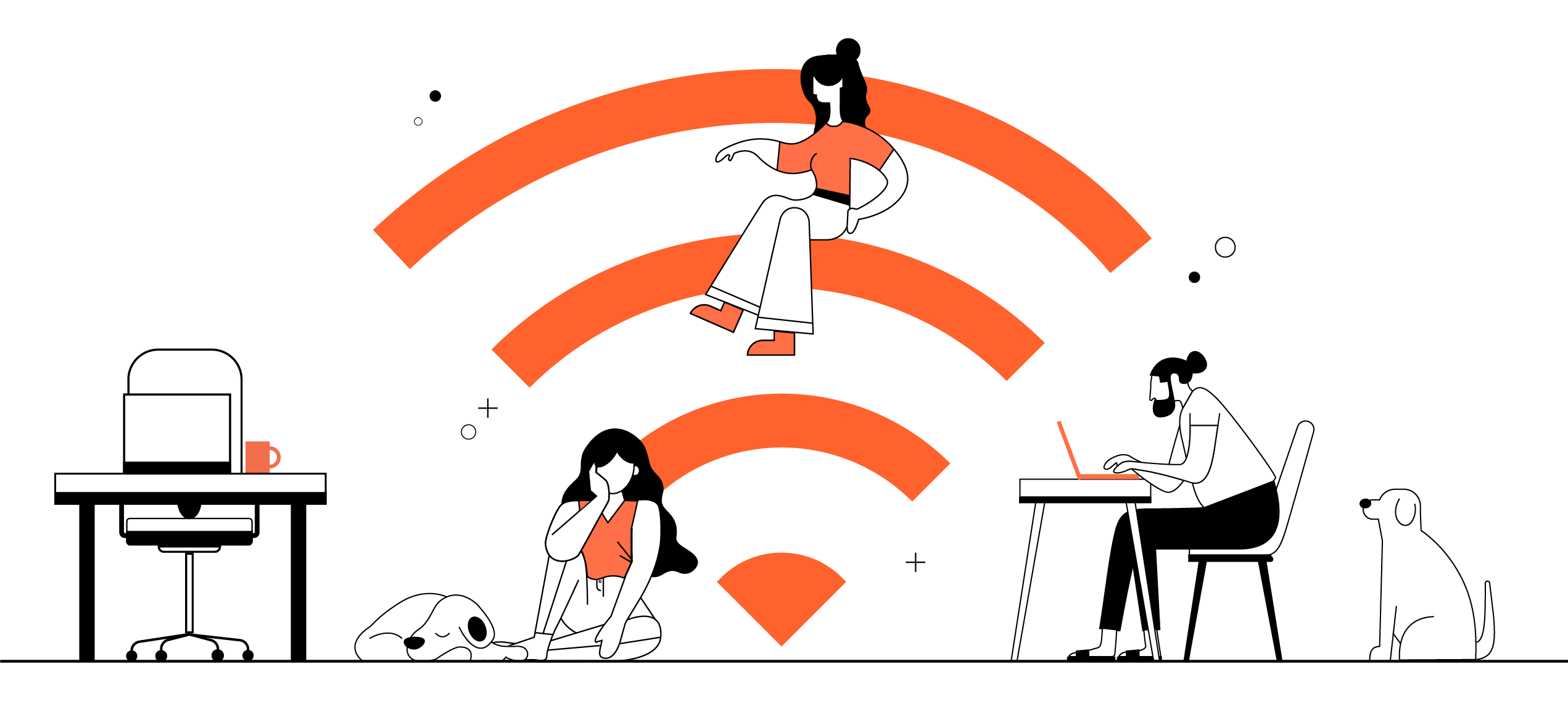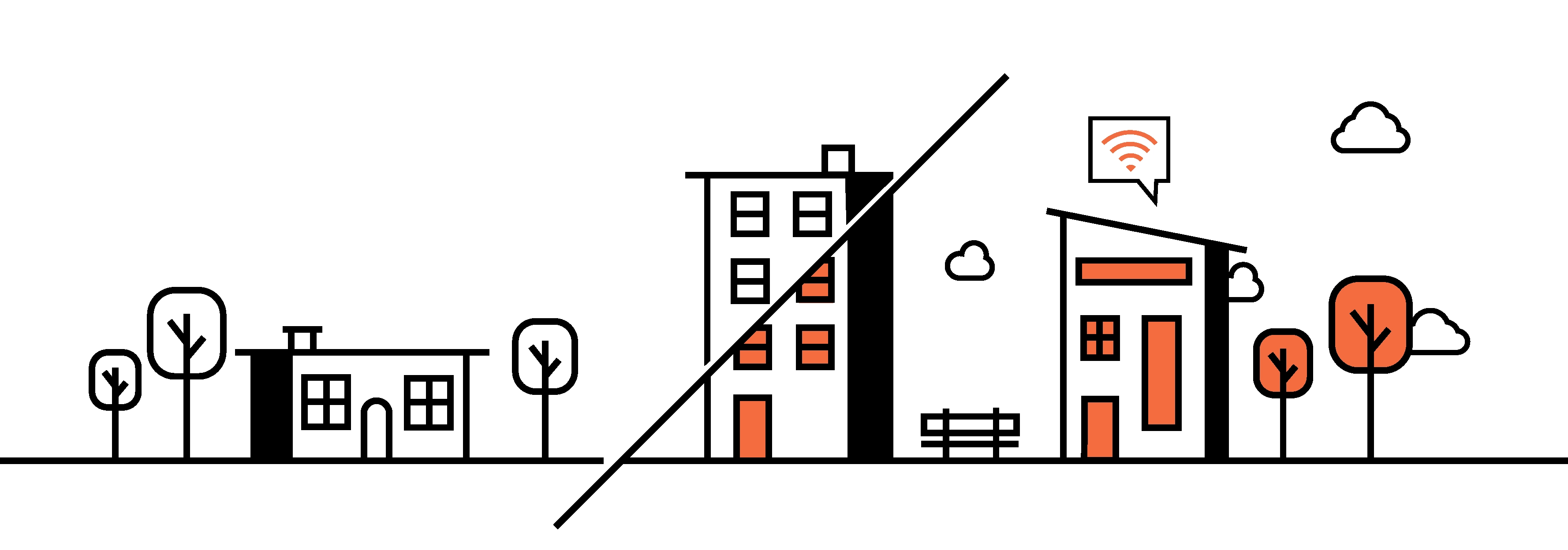Demystifying Managed WiFi: A Complete Guide for Apartment Community Owners
Managed WiFi…Unmanaged WiFi… isn’t WiFi just WiFi? The answer is *no*!
In a world where nothing seems to be simple or easy, we’ll try to make understanding the difference between the two types of WiFi as uncomplicated as possible. This comprehensive guide explores and explains the benefits of managed WiFi and provides insights on how it can be used to better your community.
Managed WiFi vs Unmanaged WiFi
So… what’s the difference and why should you care?
Do your residents find themselves having WiFi troubles? Is your wireless network so slow that it’s hindering your operations? Are your employees becoming frustrated taking care of WiFi issues, when other matters are at hand? These are some of the ramifications of an unmanaged WiFi connection. Users can only be connected to one access point at a time, multiple access points in different locations are not connected in any way, and the further the user is from the access point, the weaker the signal. An unmanaged WiFi network leaves the organization, its staff, or its residents responsible for all things WiFi related. This means upfront costs like: obtaining and installing network resources, network configuration, and service maintenance/upgrades. This not only takes time and resources away from property employees, but it creates frustration for everyone involved when the internet service isn’t working as it should.
A WiFi-managed network, on the other hand, is a more reliable and cost-effective internet solution that upholds all WiFi networks for a property, including resident units.
Managed WiFi systems hand off the responsibilities of outfitting, configuring, and administering to a third-party specialist. This means your internal team doesn’t need to install or maintain a single thing. ISPs, or Internet Service Providers, supply your apartment community with devices like wireless access points and controllers, switches, routers, cabling, and software, such as operating systems, firewalls, and other network security measures. The WiFi itself provides complete coverage across the building, ensuring users have a property-wide connection.

How Managed WiFi Works
A few key components work together to deliver reliable, secure, and wireless connectivity. Access points are the devices responsible for broadcasting wireless signals across the property and providing network connectivity. They’re strategically placed to ensure optimal coverage and minimize dead zones. Then there’s a controller that acts as central management. It provides a centralized interface for administrators to configure, monitor, troubleshoot, and control the entire network infrastructure. The controller, or management software, is set up either on-premises or in the cloud, depending on the system’s architecture.
Network Design, Maintenance, and Support
Managed WiFi providers tailor your network design to provide your apartment complex with exactly what it needs. Factors such as community size and building layout determine the number and placement of access points to ensure reliable coverage throughout the community. Network design must also consider the devices being used on the property. If smart home devices are being used or residents require high bandwidth, the network must be designed to handle the increased demand.
Regular maintenance and 24/7 support are also offered with managed WiFi solutions. This maintenance helps identify and address potential issues before they impact users’ connection. If there are issues, centralized management provides real-time visibility into the WiFi network’s performance and allows network administrators to diagnose the concern and quickly fix the problem.
Key Features of Managed WiFi
Guest Access
Guest access functionality allows visitors or guests to connect to a separate network. A captive portal is often used to authenticate guest users, presenting them with a login or agreement page before granting access. This enables network owners to control guest access, enforce usage policies, and collect user information if desired.
Bandwidth Management
Bandwidth management is crucial in high-density environments to ensure fair resource allocation and mitigate congestion. This can be achieved through Quality of Service settings, fair access policies, and usage monitoring to optimize traffic flow.
Heightened Security
There are also robust security features set in place to protect the network and its users. These include authentication mechanisms, such as password requirements, firewall rules, intrusion detection, and encryption protocols- all to safeguard against data breaches and other unauthorized access.
Choosing the Right Managed WiFi Provider
Now that we know what exactly managed WiFi is, how can we possibly choose the right provider? Some top factors to consider would be:
Scalability: Can your ISP handle your current needs and ones that may arise?
Reliability and performance: Do they have a good reputation for fast, reliable WiFi?
Security: Is this a priority of theirs and what features do they utilize?
Support and maintenance: What are they willing to provide to help manage your network?
Service level agreements: What are the provider network’s uptime, performance, and support response times?
Customization options and flexibility: Are they willing to work with you to create exactly what you need and integrate with your existing systems?
Pricing structures: What is most cost-effective? Are additional services like monitoring and analytics included?
More questions on managed WiFi solutions? No worries, it can definitely be confusing. Contact us here, or if you’re ready to upgrade your unmanaged WiFi and want to find the right solution for your property, we’d recommend checking out Quext Connect.


